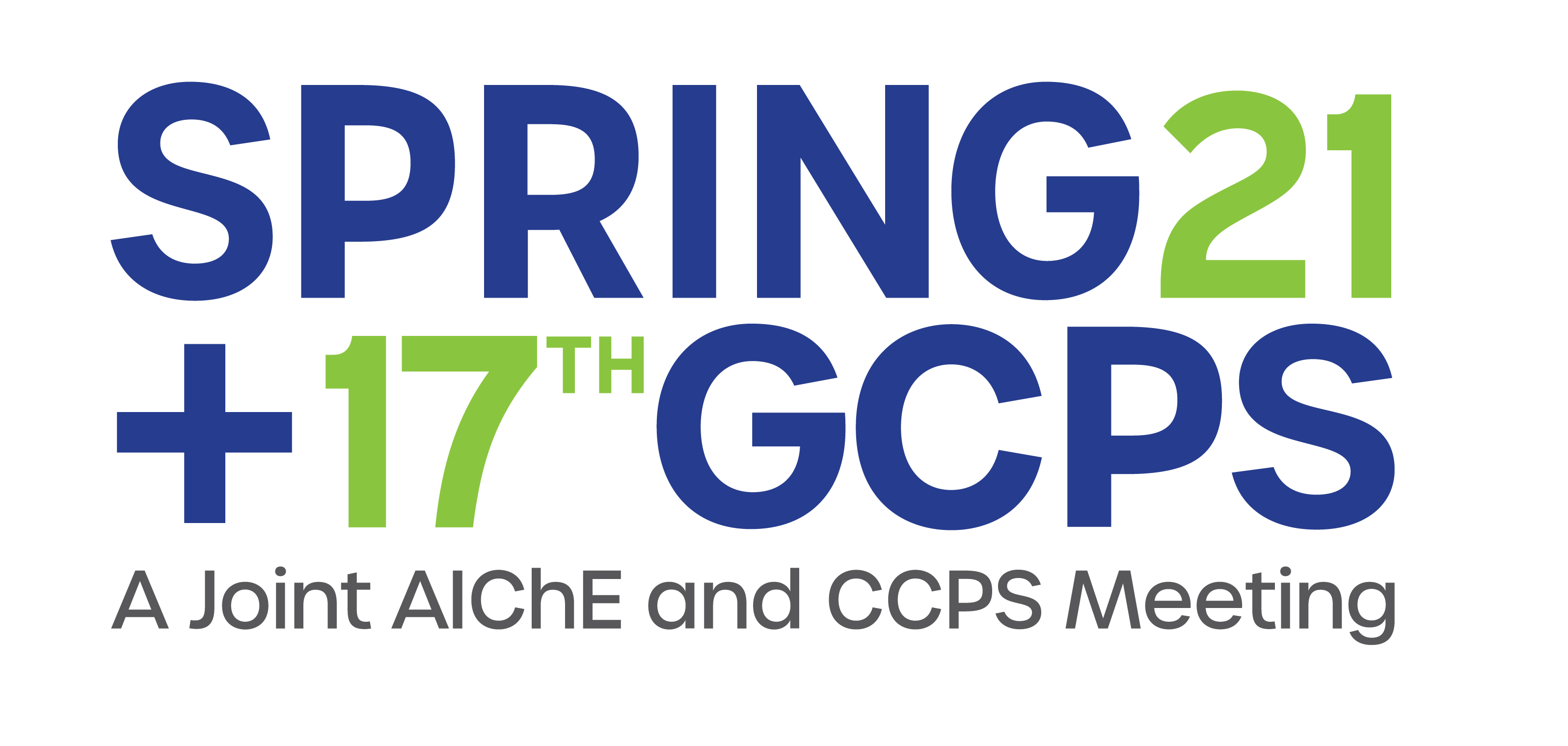

Optimization of neutralization of the waste streams generated during regeneration of Ion-Exchange (IX) beds is discussed using a new process such that the acid and base in the waste streams can help self-neutralize, thereby minimizing the use of chemicals required for pH adjustment. The current neutralization setups employed in the industry use excess chemical and energy to neutralize the waste, leading to large quantities of acid and base chemical wastage. A new neutralization process is developed and optimized which is environmentally friendly and cost-effective. For this purpose, various neutralization setups involved in treating IX regeneration waste were studied to reduce energy and chemical usage. From the collected plant data, the treatment requirements of individual waste streams generated during regeneration of IX beds were examined. The currently employed neutralization setup’s in the industry are not environmentally sustainable and do not provide proper mixing as a result of which waste large amount of acid and base chemicals. An optimized neutralization setup is developed to lower the operating and capital costs. In the optimized neutralization process, one can achieve adequate turbulence by mixing waste streams generated during regeneration of IX beds. The new developed process is environmentally friendly and economically viable. It is estimated that the new process will result in considerable savings compared to currently used process in the industry. This new treatment process will benefit the chemical industries that require demineralized water for their operation.
Presenter(s)
Once the content has been viewed and you have attested to it, you will be able to download and print a certificate for PDH credits.
If you have already viewed this content,
please click here
to login.
